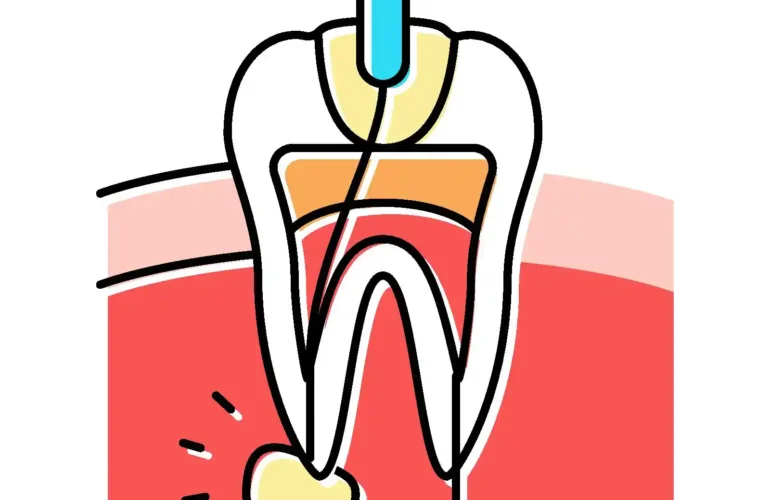Tooth decay is a common dental problem that can affect people of all ages. Recognizing the early signs of it is crucial for preventing more serious dental issues. Here are the key indicators to watch out for:
Tooth Sensitivity
One of the earliest signs of tooth decay is increased sensitivity to hot, cold, acidic, or sweet foods and drinks
. This sensitivity occurs because as the enamel erodes, the underlying dentin becomes exposed, allowing temperature changes and certain foods to stimulate the nerves within the tooth
.
Tooth Pain
As tooth decay progresses, you may experience various types of tooth pain:
- Persistent, throbbing pain
- Occasional, dull aches
- Sharp pain when biting or chewing1
If the decay reaches the tooth’s pulp, which contains nerves and blood vessels, you might experience severe, unrelenting pain that can even keep you awake at night
.
Visible Changes in Tooth Appearance
Discoloration
Tooth decay can cause noticeable changes in the color of your teeth:
- White spots: These can indicate early stages of decay and areas of lost minerals13
- Brown or black areas: As decay progresses, it may appear as darker spots on the tooth13
Holes or Pits
As the decay advances, you might notice small holes or pits in your teeth. These cavities can sometimes be felt with your tongue or seen in a mirror
.
Bad Breath or Taste
Persistent bad breath or an unpleasant taste in your mouth can be a sign of tooth decay. This occurs because cavities can collect food particles and become breeding grounds for bacteria
.
Swollen or Bleeding Gums
While primarily a sign of gum disease, swollen or bleeding gums can also indicate advanced tooth decay, especially if the decay has spread to the gum line
.
X-Ray Findings
Sometimes, tooth decay may not be visible to the naked eye. Regular dental check-ups with X-rays can help detect decay in its early stages, even before symptoms appear
.
When to See a Dentist
It’s important to see a dentist if you experience any of these symptoms:
- Persistent toothache
- Sensitivity to hot, cold, or sweet foods and drinks
- Visible holes or discoloration on your teeth
- Pain when biting or chewing
- Swollen or bleeding gums5
Even if you don’t have any symptoms, regular dental check-ups are crucial for early detection and prevention of tooth decay
.
Prevention
To help prevent it:
- Brush twice daily with fluoride toothpaste
- Floss regularly
- Limit sugary and starchy foods and drinks
- Use fluoride mouthwash
- Get regular dental check-ups and cleanings4
By being aware of these signs and maintaining good oral hygiene, you can catch it early and prevent more serious dental problems. Remember, early detection and treatment are key to maintaining a healthy, beautiful smile.




